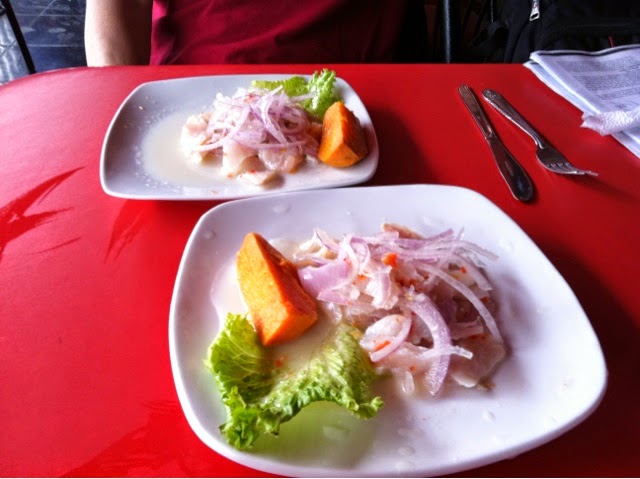The diverse climates in Peru were also challenging. From the high altitudes adjustment to the cool mornings and evenings to blazing hot sun in the afternoon, as well as challenging terrains, our body had been stretched and pushed to the limits. We had not walked as long and climbed as high in the past. It made us once again to appreciate the blessing of being able to travel when we are still relative young, healthy and mobile.
The culture is a lot more diverse than we first thought and the Inka culture was also different than what most people learned. Peruvian should have good reasons to be proud of their heritages as the Inka influences had extended much earlier than just the few hundreds years that they were most well known for. It was also interesting to see some of the blending of the influence by the Spaniards, be it religion, arts, agricultural, to architectural, the emotions the guides spoke of the periods were still quite strong.
I am not sure if we had sampled the true Peruvian cuisine during this trip as a result of being tourists. Although we had tried to go away from the tourists trap areas but still find it challenging to be able to eat the local food. Consequently, we can only judge Peruvian food based on our own limited experiences and I am sad to say that it was not as good as we had expected. By the end of the trip, we were too tired of having potatoes in our meals. However, we absolutely loved Ceviche and Pisco Sour and Quinoa soup.
Some of the highlights of our trip:
Machu Picchu
Nazca Lines
Lake Titikaka
Bellastes Island and reserve at Paracas
Colca Canyon - Condors
St. Catalina Monastery in Arequipa
Ruins, Temples and Cathedrals
Museums
New friends during this trip
It had been a wonderful trip. I am so thankful and grateful for all the incredible research Richard has put into this trip. Everything turned out just as he planned and expected. As a result of his detailed research, we were able to immerse ourselves immediate into the daily routines in Peru, including taking the Metropolitan buses to various places in Lima, explored various local markets and hidden treasures in each city. Consequently, I was able to sample the local lives in each place that we visited. Although at times, I was overwhelmed with our schedules and places and distances to cover each day, but Richard has done his very best in giving us the max exposure of the country. I think we got out quite a bit from this trip. As usual, commander Wu has outdone himself on our Peru trip!!
Thank you for following my travel blog. Please excuse some of the typos as I was always in a tight schedule to type up comments and try to capture the next pic. Hope you had enjoyed the samples of our trip as much as I had enjoyed uploading them.
Until the next adventure ... Take care!!

















































